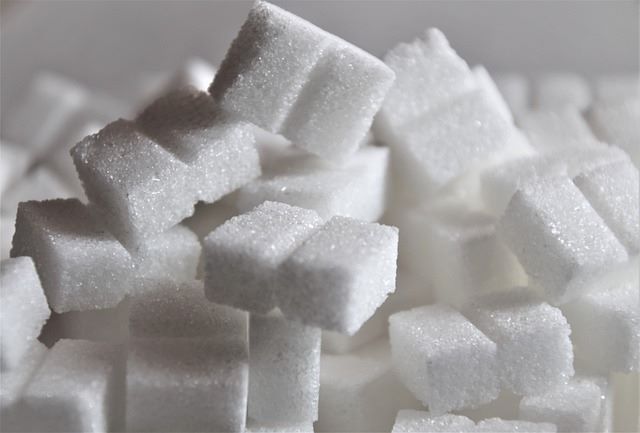Zucchero e rischi per la salute umana: ecco il parere dell’EFSA
L'Autorità per la sicurezza alimentare dell'UE (EFSA) si esprime sul consumo degli zuccheri in Europa. Non si può stabilire alcuna soglia di sicurezza, ma è evidente il legame tra l'abuso di sostanze dolci e la possibilità di incorrere in patologie croniche e altri problemi di salute





